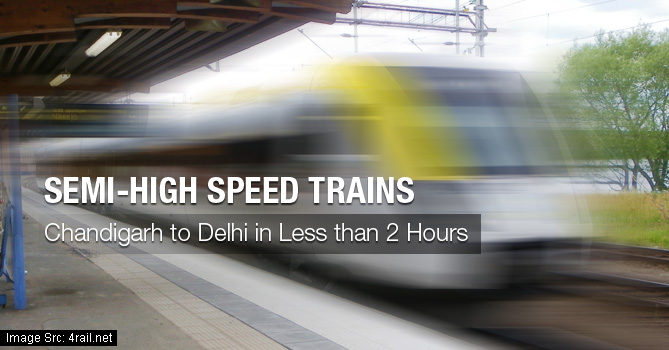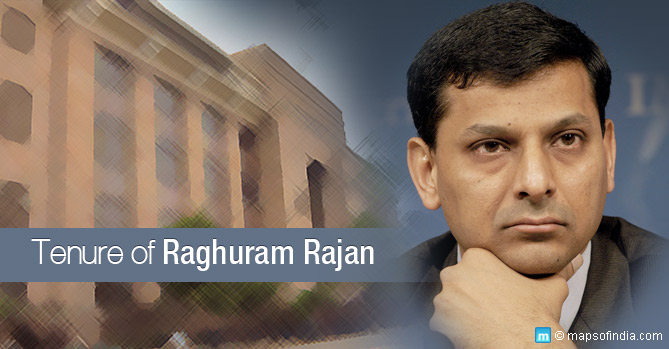Indian Railway’s drive to modernize rail travel in India is now going to cut travel time between Delhi and Chandigarh to one hour fifty minutes with just one stop at Ambala. That’s a significant reduction in travel time given the distance of 245 kms being currently covered in three hours thirty minutes by Shatabdi Express.
The move is part of Indian Railway’s plans to cut travel time by introducing semi-high speed trains that travel up to 200 kmph. This is way above the current average speed of Express trains that travel at an average speed between 53 kmph and 93 kmph.
The fastest train currently in operation is the Gatimaan Express which runs between Delhi and Agra at a maximum speed of 160 kms per hour and covers the distance of 188 kms in about one hour and forty mins.
The Delhi-Chandigarh route is part of nine priority routes identified for modernization and introduction of semi-high speed trains and include Delhi-Kanpur, Delhi-Agra, Mumbai-Ahmedabad, Mumbai-Goa, Nagpur-Bilaspur, Chennai-Bengaluru-Mysore, Chennai-Hyderabad and Secunderabad-Nagpur. The total track distance to be upgraded is 6,400 kms.
The French Railway firm SNCF will conduct the feasibility and cost analysis for the Delhi-Chandigarh route and is expected to submit its report to Indian Railways by October this year.
The modernization of this section is expected to touch Rs 10,000 crore at an average cost of around Rs 41 crore per km. The cost includes track upgradation, latest signal and traffic control equipment and modern rolling stock.
The Talgo trials
Indian Railways recently concluded trials of the Spanish Talgo train which use lightweight aluminium bodies. The train completed the Delhi-Mumbai distance in less than 12 hours travelling at 150 kmph, thus cutting down the usual travel time by four hours. It remains to be seen if these coaches will make it to Indian tracks anytime soon.
Meanwhile, Germany, France and China, besides Japan, have expressed serious interest in entering the high-speed train category in India. Germany is keen to offer its MAGLEV technology that enables trains to travel at speeds of up to 500 kmph.
The Indian government has also expressed keen interest in exploring introduction of the latest Hyperloop technology in India.
The high capital cost of putting up the necessary infrastructure, manufacturing rolling stock and cost of operation, all continue to remain major hurdles.
Union Minister for Railways Suresh Prabhu has been pushing for railways modernization and has taken up the Mumbai-Ahmedabad bullet train project on top priority. This project alone is likely to exceed Rs 90,000 crore and is being largely funded by Japan on extremely attractive terms.
Challenges remain
While all nine sections will be developed at almost a tenth of the cost of the Mumbai-Ahmedabad section, the total funding requirement is certainly going to strain the already financially stressed Indian Railways.
The railways is way behind on track modernization, upgradation of signaling equipment, rolling stock modernization, track expansion, and introduction of latest safety and anti-collision equipment on all trains.
These priorities are in addition to the proposed modernization of railways stations and junctions and completion of the long overdue freight corridors, all of which are very capital intensive and remain a financial challenge.
But a beginning has been made on the Mumbai-Ahmedabad and Delhi-Chandigarh routes. Let’s wait and see how the Railways goes about raising the necessary funds for all the remaining projects.





